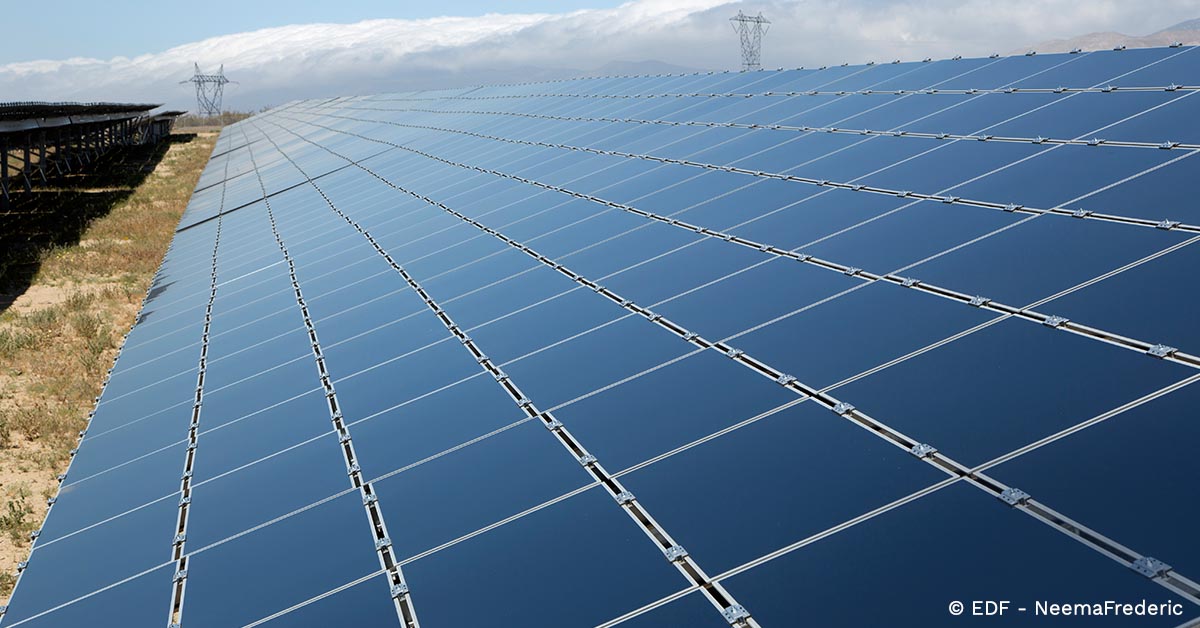Are you curious about investing in solar energy technology for your facility? Are the upfront installation costs preventing you from getting started? Now is the perfect time to act. You already know solar will help you lower costs in the long term, but you can also save right now through the Solar Investment Tax Credit (ITC). We’re taking a look at the top four things you need to know about the ITC and how it can help you realize savings today.
1.) The Credit Recently Received a Two-Year Extension
The Solar Tax Credit is one of the single most important federal policy mechanisms supporting the adoption of solar energy across the United States. Despite its success in creating hundreds of thousands of jobs and investing billions of dollars back into the economy, the value of the credit was set to significantly decrease at the end of 2020.
Last December, the U.S. Congress passed a massive spending bill that fortunately includes a two-year extension of the ITC for businesses employing solar projects. Despite the extension, the value of these credits won’t last forever, which is why now is the best time to invest.
2.) The Credit Currently Worth 26%
The ITC currently provides a 26% dollar-for-dollar reduction on income taxes that a company would otherwise pay the federal government in relation to a new solar project. That comes out to hundreds of thousands of dollars in savings for a 300kW project. Following the passage of the spending bill, this current rate will only last through 2022:
- 26% for projects beginning in 2021
- 26% for projects beginning in 2022
- 22% for projects beginning in 2023
- 10% for projects beginning in 2024
3.) Your Savings Are Based on When you Start Your Project
Eligibility for the ITC is based on a “commence construction” standard, which only has two requirements:
- The company has started physical work of a significant nature on the project
- The company is paying or incurring at least 5% of the total cost in the year construction begins
Essentially, this means you need a very small upfront payment and workload in 2021 or 2022 to qualify for the full 26% credit.
4.) We Can Provide Additional Methods To Offset Costs
With our partners, Dalkia Energy Solutions, EDF Group, we can offer you additional cost saving measures, including energy storage or integrated microgrids. If you’re interested in taking advantage of this credit while it lasts, you can learn more about your eligibility from the requirements outlined by the IRS. You can also contact us with questions regarding your facilities' needs and requirements.

 Solar Investment Tax Credit: 4 Things You Need To Know" />
Solar Investment Tax Credit: 4 Things You Need To Know" /> 